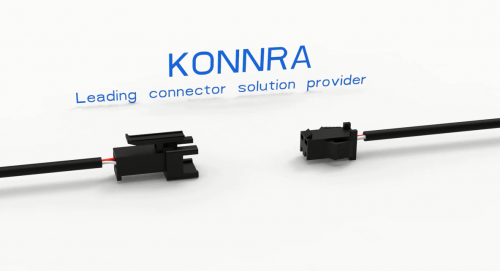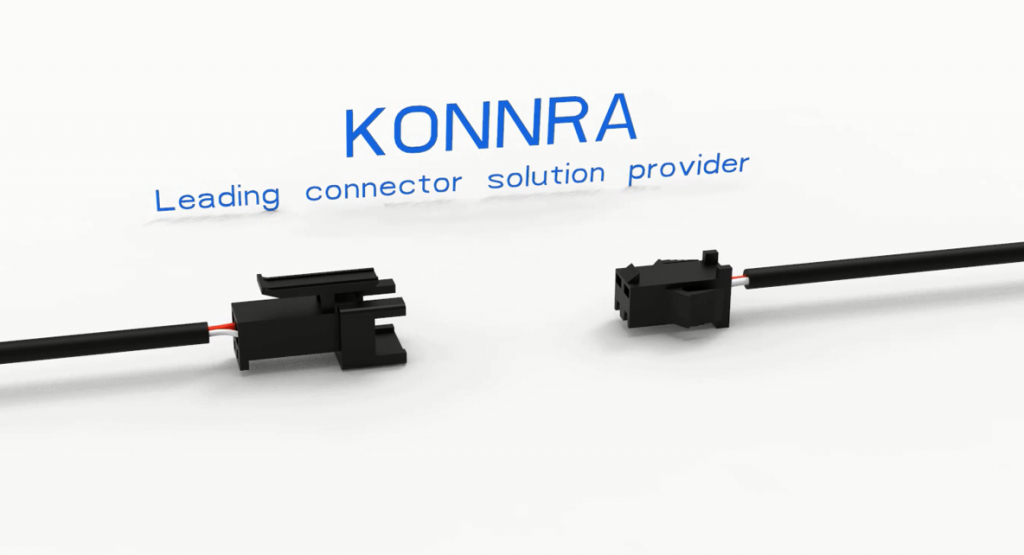
Ⅰ. The appearance of the details to identify
The male connector is characterized by prominent pins or pins, which are designed to be inserted into the female connector. The female connector is equipped with a corresponding jack or slot to receive the pins of the male connector. This physical difference is a direct clue to the difference between the two. In addition, the housing design of the male and female connectors may also differ, such as the difference between straight and angled designs, and these subtleties also help to quickly distinguish between them.
Ⅱ. Directly check the logo
Many connector manufacturers mark their products directly with male and female header identification in the form of text, symbols, or color coding. For example, a particular color may be used to represent a male or female connector, but it should be noted that the color distinction is not a universal rule. Therefore, direct inspection of these markings on the connector is an effective way to quickly and accurately identify.
Ⅲ. Direct reference to the manual
If the connector is part of a device or system, then the user manual or instruction manual for that device will be a valuable resource for identifying male and female connectors. These documents usually provide a detailed description of the connector, including its male and female header characteristics, connection methods and precautions. Consult the manual directly to obtain accurate information and avoid misunderstandings.
Ⅳ. Specification data comparison
In-depth comparison of connector specifications data, such as size, number of pins and layout, etc., is also an effective way to distinguish between male and female headers. The male header often has a smaller overall size and prominent pins, while the female header is relatively large and contains a recessed jack. By accurately measuring and comparing these specifications, you can clearly distinguish between the two.
Ⅴ. Real-world simulation test
In certain circumstances, when other methods are unable to determine the connector’s male and female head, you can try to carry out real-world simulation tests. By simulating the connection process, observe whether the connector components are able to smoothly cooperate and transfer signals or electricity. However, special attention should be paid to the fact that this method may cause damage to the connector or equipment, so it should be used with caution and ensure that the test is conducted in a safe environment.










